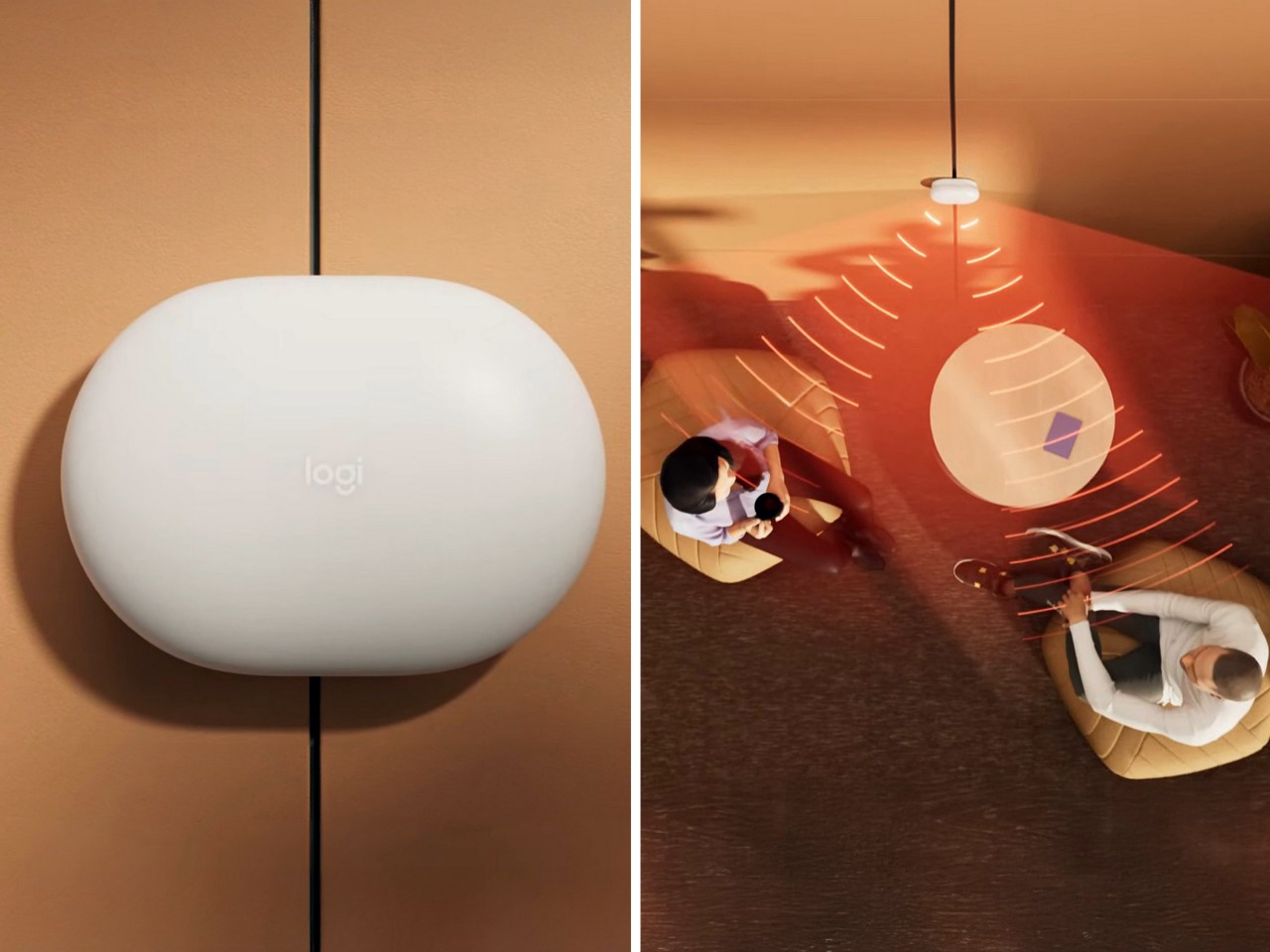BEFORESANDAFTERS.COM
How One of Us gave a stop-motion feel to their digital visual effects on Beetlejuice Beetlejuice
Behind the scenes of the Sandworm, the shark attack, and those face-stretching shots.Beetlejuice Beetlejuice from Tim Burton includes around 300 visual effects shots from One of Us. These related to a few different scenes. For the Sandworm, One of Us augmented stop-motion animated plates by Mackinnon & Saunders. The VFX studio did something similar for the plane crash, while also orchestrating a CG ocean that had the look of stop-motion. Finally, One of Us crafted a series of disturbing face-stretching effects for a group of influencers during the films finale.Here, One of Us visual effects supervisor James Brennan-Craddock, who worked with production visual effects supervisor Angus Bickerton, shares with befores & afters the different techniques used to bring that old-school aesthetic that audiences delighted in from the 1988 original film, into this new adventure.Enter the SandwormEarly on, One of Us produced a pitch video of a fully CG sandworm to show Angus Bickerton. The idea was to replicate a stop-motion or miniature style in the animation, inspired by what had been done for the Sandworm on the first film. We built a digi-double of a puppet, outlines Brennan-Craddock. Instead of skin and muscle, it was latex and foam. We then had very talented animators working on the test to give it that sense of stop-motion and that incredibly charismatic, imperfect jitter people are familiar with. We were even trying to think in terms of where fingers would go and how fingers would move the puppet.Ultimately, a full stop-motion hand-animated approach was employed for the film (orchestrated by Mackinnon & Saunders). One of Us was still heavily involved in Sandworm shots, however, for the wasteland sequences and for the scenes at the church. For the wasteland moments in which the characters enter a portal out to a desert-scape, production filmed with a small square patch of sand and rocks. A yellowy-orange screen was placed around the set to provide for a sandy-like spill and a wind machine utilized as well. A door set piece was also there on set.The first thing we did was postvis, notes Brennan-Craddock. Because we knew McKinnon & Saunders were going to animate a stop-motion version, we provided them with stabilized versions on the postvis shots that they could use as reference. On their side, they use Dragonframe for the animation, so they could overlay our previs on their monitors. We also gave them a whole bunch of extra data. We figured out distances from camera to subjects in real-world scale and translated that to stop-motion scale. For any moving plate, anything with a pan, we stabilized the plate and gave them a massive overscan version and a frame for where the plate should be. They would then match to that.We would then invert that transform to get that back into our shots, continues Brennan-Craddock. The funny thing was, the stop-motion plates we got back, we then had to body track to be able to create the effects to interact with the Sandworm and get the correct lighting and shadows.One of Us then took care of the Titan environment and sand interaction. Seeking to pay homage to the original films look and feel, elements like sand needed to be particularly art directed to ensure the sand still felt practical. Explains Brennan-Craddock: Step one was, we just looked at the original film for the look of the sand effects. When the Sandworm breached the desert surface sand would be thrown up that looked a lot like a buckets worth of sand being thrown up in front of a blue screen. So in Houdini, we scaled down our simulations to that kind of bucket-sized scale. For a while, we were playing with almost a wet sand look, creating cracks and clumps in the ground where the grain was separating. There were little trails coming off, too, and we mixed in some 2D elements on top just to give certain hero shots a bit of extra character.Our environment again was inspired by what was in the original film, but Tim wanted something that felt grander. So alongside the abstract rock formations (that we called noodle rocks) seen in the original, we extended dunes out and built larger mountain ranges on the horizon. Aesthetically we aimed for something that felt like a miniature or slightly cheesy set, with a little bit of realism in the proportions and scope of the environment.One challenge One of Us faced related to the lack of motion blur (as intended) on the stop-motion animation. The Sandworm itself is stop-motion and is jittery and has no motion blur, says Brennan-Craddock. But that doesnt mean everything else had that look. You couldnt do a stop-motion sand explosion. You would just use an element. So we needed to keep that in mind anything that could be filmed wed render with motion blur, anything that would be animated would not.When the church Sandworm scene occursthat is, when it makes an appearance at the weddingOne of Us was also responsible for integrating Mackinnon & Saunders stop-motion animation into live-action plates. The challenge with that was that physically it shouldnt work at all! observes Brennan-Craddock. The worm is quite a lot bigger than anything in that church. On set, Tim Burton literally had a meter long green toy snake that he was acting out the Sandworms motions. We had to work out, how do you translate that to a 20 meter long snake crashing through a 10 meter wide room? Postvis helped us here. We used our test sandworm asset and figured out the action. We would re-scale and re-frame the shots as much as we could without breaking the illusion.A further complication came from the fact that the on-set lighting in the church was deliberately made to oscillate between blue to teal to green to cyan. So, Mackinnon & Saunders actually produced their stop-motion in two passes; a green-lit one and a blue-lit one. One of Us then incorporated the passes by blending between the two to match what was going on in the real world lighting in the plate, states Brennan-Craddock.Orchestrating a plane crashOne of Us again collaborated with Mackinnon & Saunders to reveal what happens to Charles Deetzs plane, and the subsequent shark attack in the ocean. Their team animated Charles and the passengers and they built a little of the aircraft interior, details Brennan-Craddock. Together, we worked with them to figure out the design of that and then we extended the interior.A significant aspect of the plane crash work was the ocean, which was realized as a digital environment. The idea here was for One of Us to produce an ocean that appeared as if it was something completed practically. The way we dealt with that was to split the ocean into foreground, midground and background, says Brennan-Craddock. Each of those depths had different requirements. In the foreground was where Charles would be and youd see him interacting with the water. We had to think, how would you get a character in some water in a stop-motion environment? The answer we came up with was plasticine. You could smush it around a person, and you could create, with your thumbs, waves and splashes. So, in Houdini, we developed a plasticine style for water.This involved making the fluid base very viscous. Then, on top of that base, One of Us effects artists created a system to add physical details. The system would create fingerprints and tool marks in fast moving areas, i.e. areas that would have been manipulated by an animator, advises Brennan-Craddock. In terms of splashes, we treated that as a separate thing where we essentially made little teardrops that would emit from Charles splashing around. Bigger details in a small enough quantity that looked like they could feasibly be added one-by-one by an animator to denote splashes. On top of that, we had a whitewater generator which we built to look like a little sheet of cellophane that was being tracked from position to position. The look of that changed over time to become more resin-y, more transparent and subsurface-y by the end.The mid-ground water was the bulk of the water in the frame. Obviously you wouldnt create a 10 meter by 10 meter chunk of plasticine and try and animate that, that would be madness, notes Brennan-Craddock. But we found a reference quite early on of a short film called Two Balloons that created this amazing mechanical ocean, which was basically a cloth on these pistons. The pistons moved in a sinusoidal motion, pushing the top up to create waves. Inspired by that, we created a system of virtual cloth on screws and the screws would spin and then push up on the cloth to create waves of travel and we had different screws in different depths with different frequencies of the screw to create a forced perspective look. Thats because, again, you wouldnt create a gigantic stop-motion contraption, youd create a smaller one with a forced perspective approach in real life. So we did a similar thing there.When the shark bites Charles, this becomes a comical moment showcasing a large amount of blood that then immediately cuts back to his wife Delia discussing the crash and shark bite. Here, a Mackinnon & Saunders stop-motion animated Charles and Shark were augmented by One of Us to add some very stop-motion-looking blood. We replicated the look of resin, polystyrene, plasticine and cellophane for that, says Brennan-Craddock. Then we had a 2D element on top that hits the screen and starts to come back down again, horror film style.Face-stretchingIn the first film, replacement animation was utilized to showcase some of the characters being able to stretch their faces. A similar moment occurs with influencers inside the church. For this scene, One of Us built 22 influencer digi-doubles based on cyberscans of the on-set actors which were then subject to a range of face-stretching and body-morphing effects. It was the biggest single thing we worked on for the film in terms of artist hours, describes Brennan-Craddock. The influencers were all very elaborate. They were in their Sunday best with shiny, reflective clothes, with a lot of accessories and crazy hair. It was a fun challenge for the assets teamits not often that groom artists get to groom mohawks or elaborate haircuts.With that digital base, One of Us then embarked on the face-stretching. Initially, says Brennan-Craddock, it was going to be much slower and much more painful. We were looking at how to squeeze a body through a screen sized hole. With that same kind of practical aesthetic of the film, we decided it could feel like a latex or silicone prosthetics of some kind and that they could feel like dummies, almost like ragdolls. So, when they get pulled through the hole, theres cloth-like stretching and folding as they are pulled in.Later, the effect for the face stretching was revised to be more of a longer face stretch, with the body contortion only happening over a few frames. Tim was very keen that the effects feel painful, but at the same time, its also a kind of horror/comedy, advises Brennan-Craddock. To do that, we added in a lot of variety in how the faces distort and stretch. Sometimes we led by the nose, or led by the chin, or led by the forehead. We realized that a lot of the pain came from the characters expression, whereas the comedy came from the shape of the stretch.To then make it feel a bit more unsettling, a bit more practical, wed add a lot of skin stretch or cloth stretch effects in the softer parts of the face, eg cheeks or the eyelids or the lips. Wed add some jittering and vibration to make it feel like its painful or like the characters were resisting.With the characters wearing so many accessories, One of Us used this as an opportunity to add a bit of fun variation, like earrings or necklaces being pulled forward, alongside popping eyeballs. The final effects were a mix of CG blend shapes, effects sims, animation, sculpting and compositing. Advises Brennan-Craddock: Essentially they were transitions within the shot from a live action face to CG face. So we came up with a whole bunch of clever AOVs and displacement maps to pipe into comp. But it also came down to comp eyeballing it and artistically blending frame by frame. Theres a little bit of 2D plate warping as well to help with that, a lot of plate retiming and reconstruction. But it was a real artful process. We had fun dailies where people were presenting their bizarre stretching faces.The post How One of Us gave a stop-motion feel to their digital visual effects on Beetlejuice Beetlejuice appeared first on befores & afters.










